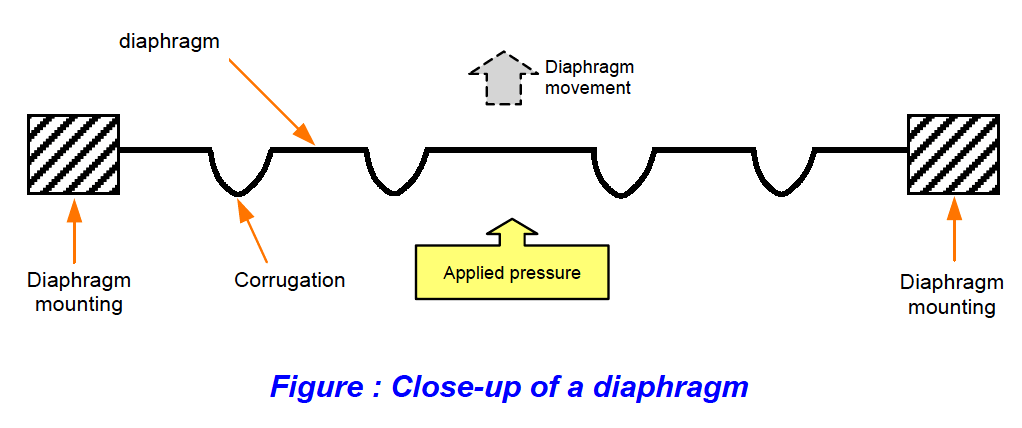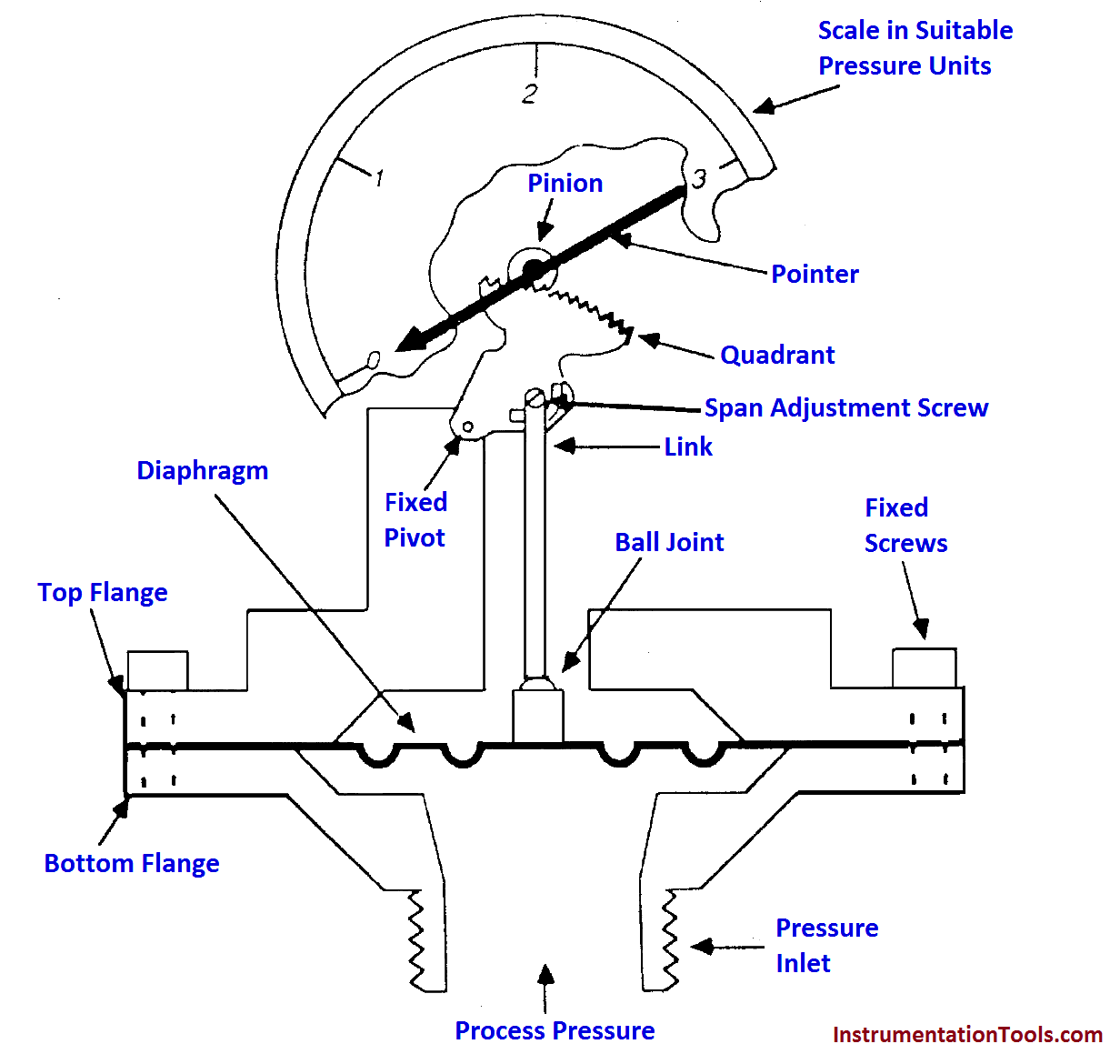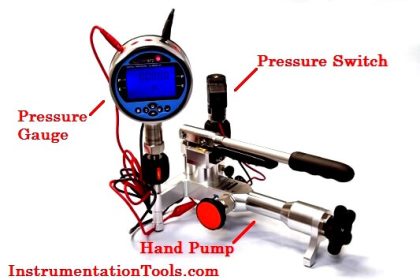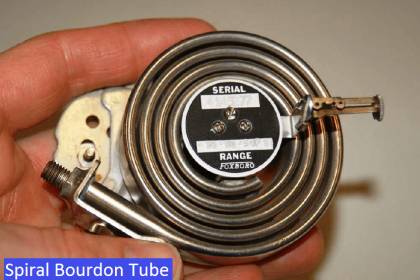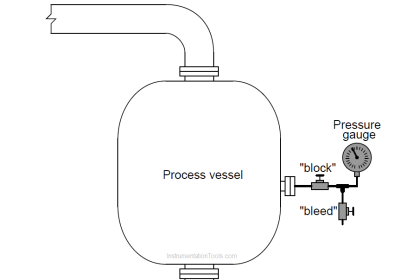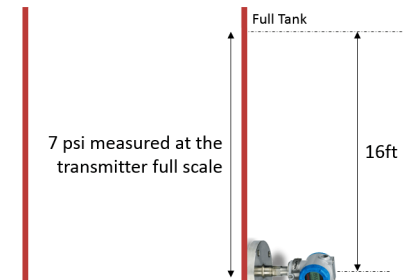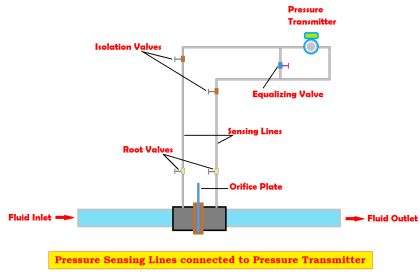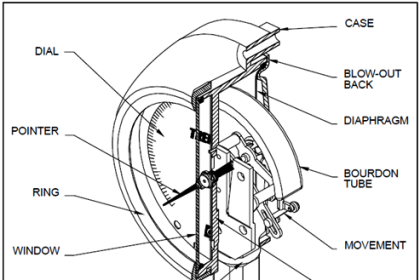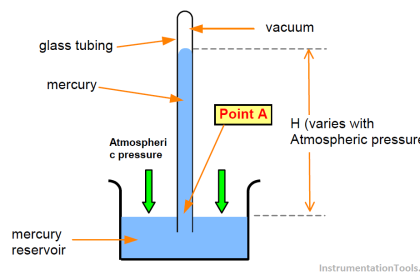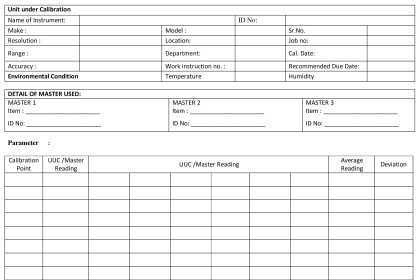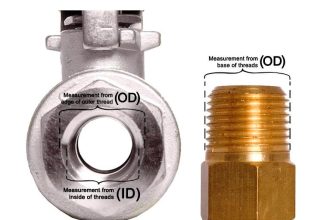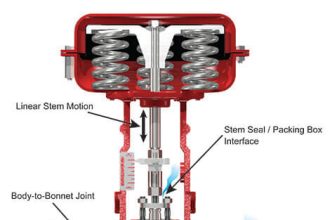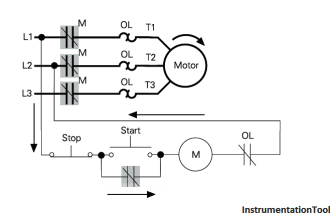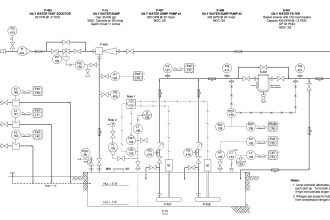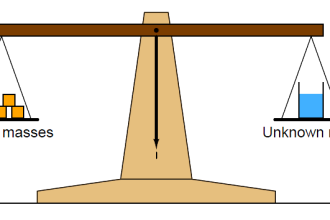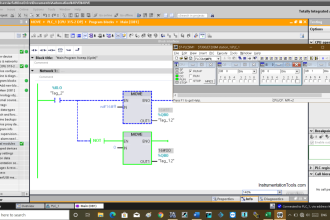Is a relatively broad, shallow cup like form which is made of thin metal or flexible materials chosen for qualities that relate to elasticity, ease of forming and heat treatment, and resistance to corrosion. It can be manufactured to measure pressures up to 25 bar (this is the same as 2500 kPa or 370 psi). Usually a diaphragm consists of a stainless steel corrugated disc, shown in “close up” figure below.
When pressure is applied to one side of the diaphragm, it will flex away from the pressure, the amount of movement depending upon the magnitude of the applied pressure. The greater the pressure, the greater the movement.
In a diaphragm gauge, this movement is used to drive a pointer around a scale.
The gauge illustrated below is generally referred to as SCHAFFER diaphragm gauge.
The pressure to be measured is applied to the underside of the diaphragm. The two flanges hold the diaphragm around its circumference. When the applied pressure increases, the diaphragm flexes upwards, lifting the ball point and link, thus causing the quadrant to rotate anti-clockwise around the pivot. The anti-clockwise movement of the quadrant moves the pinion and hence, the pointer clockwise, indicating an increase of pressure on the scale. Overload protection is provided by the underside of the top flange against which the diaphragm will seat if the gauges are over pressured.
Schaffer gauge are used with corrosive chemicals since the diaphragms can be coated with a corrosion resistant material
. i. Metallic Diaphragms
Metallic diaphragms are thin circular pieces of material attached along their circumference to a rigid plat or another diaphragm, they may be flat or corrugated in a circular pattern. When used with a second diaphragm, the two form a capsule. The pressure can be admitted to either side of the single diaphragm or to the inside or outside of the capsule. As the pressure changes a deflection of the diaphragm or capsule occurs. This deflection is a measure of the pressure.
ii. Non-Metallic or Slack Diaphragms
Non-metallic or slack diaphragms measure vacuum or extremely low pressure. These diaphragms are made from flexible materials such as leather, rubber, polyethylene or other synthetic resilient materials. Usually they have little or no elasticity and must be used with a metal spring. The elasticity of the spring determine the deflection of the measuring element for a given pressure.
Advantages : –
- Much faster frequency response than U tubes.
- Accuracy up to ±0.5% of full scale.
- Good linearity when the deflection is no larger than the order of the diaphragm thickness.
- It is useful for measurement of Absolute & differential pressure measurement.
- It is made from good corrosion resistance material.
Disadvantages : –
- More expensive then other pressure sensors.
Credits : N Asyiddin
